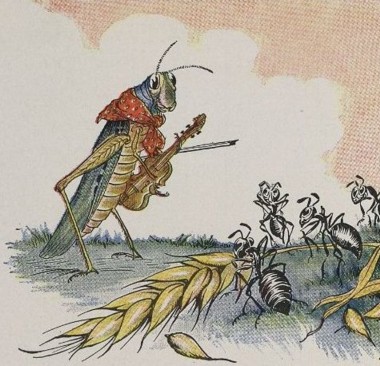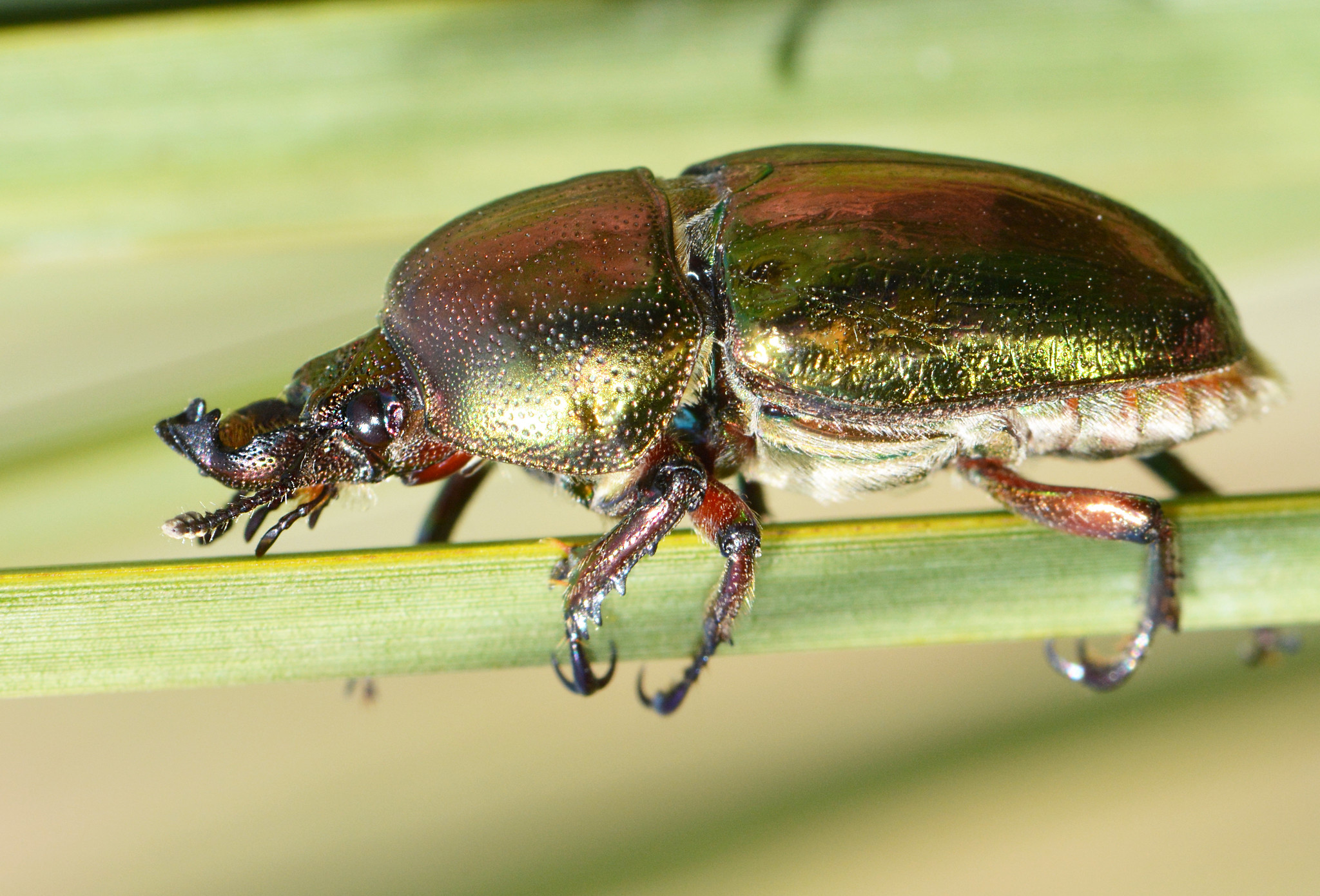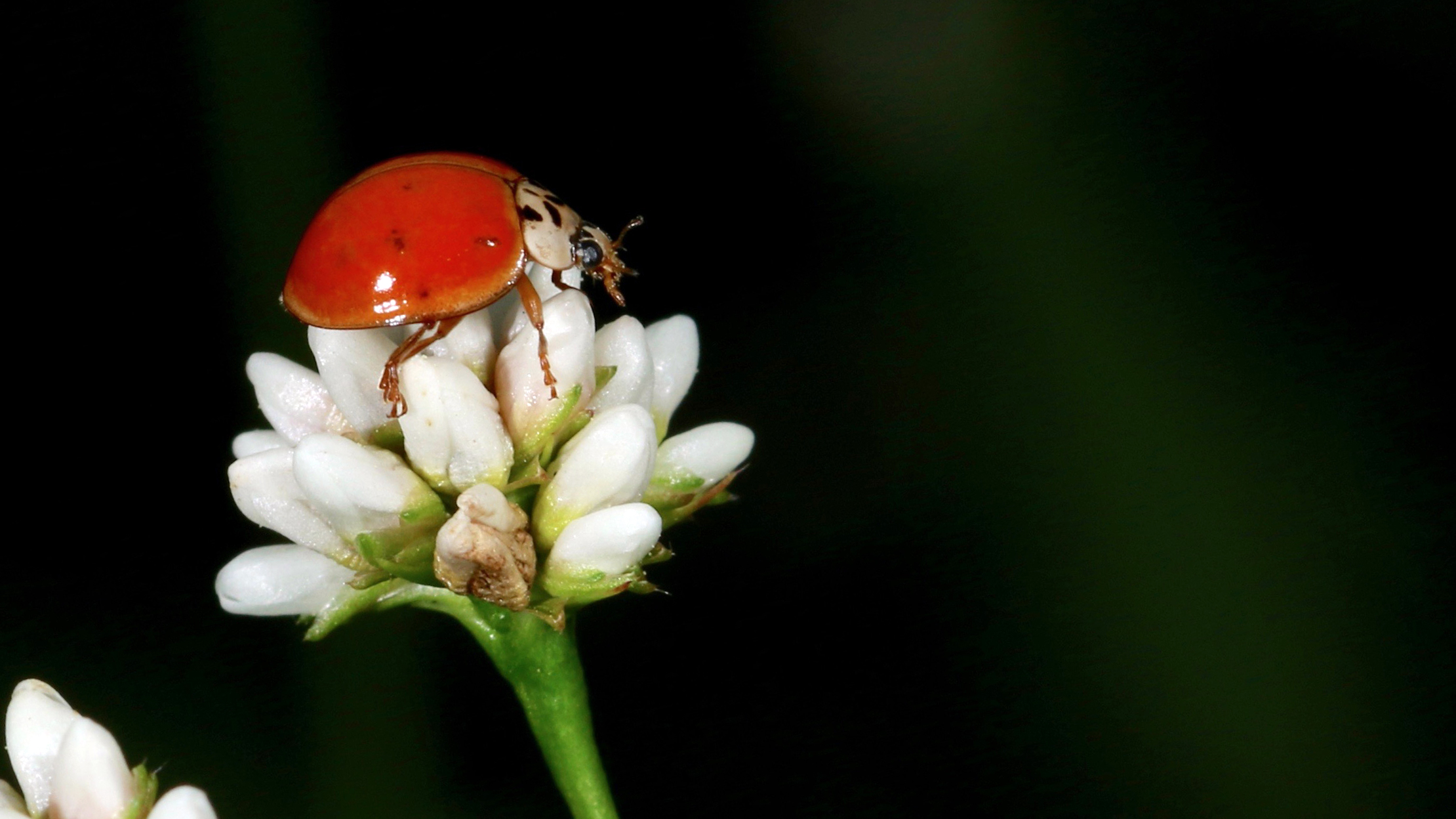Most of us have grown up with idea that being both efficient and productive is highly desirable. Early in school, many of us are taught about Aesop’s tale of the industrious ant and the lazy grasshopper. The grasshopper kicks back and enjoys his summer days, while the ant busily gathers grain for the coming winter. When the temperature drops and snow blankets the ground, the grasshopper begs for food from the ant and is effectively shamed for his idle behavior. And maybe starves. Poor guy. — But what if there was more to the story?
What if there was an inherent advantage in being a “lazy” worker in a highly efficient system? A group of researchers led by Daniel Charbonneau at the University of Arizona are working to unravel what possible benefits inactivity could have for individuals or systems as a whole (spoiler: sorry, but you can’t just play Candy Crush at work or school all day!).

Contrary to the perceptions of nature as a well-oiled machine, we see inactivity in all corners of the animal kingdom. In fact, it seems that many creatures spend the majority of their time inactive, which is defined as time that an individual is awake but not engaging in any specific task or activity. Observations of animals have shown that some creatures spend between 75% (lions) to 85% (hummingbirds) of their time being at rest. That’s a lot of time doing nothing!
While much observational research has been done in vertebrates (animals with a backbone, like fish, birds and mammals), researchers have also found that inactivity is fairly frequent in groups of invertebrates (animals without backbones, like worms, crabs and insects). This is especially true of social insects. Estimates suggest that at least 50% of the workers in most social insect colonies are inactive at any point in time. This is surprising due to the fact that social insect colonies are thought to be some of the most ecologically successful systems in the natural world. How could such a highly organized unit be made up of so many “lazy” individuals?
When conducting research on this phenomenon, it is useful to define what is meant when calling an individual inactive or “lazy”, especially as it relates to a specific organism. The team at Arizona define inactive ants as those that are immobile, as opposed to other ants whose only task consisted of wandering around the nest without other duties. Behavior experts have suggested that each wanderer serves to relay information quickly throughout the colony. That is, each wanderer serves to relay information quickly throughout the colony in case of an emergency, in ways comparable to how nerves in your hand communicate to the brain when you accidentally touch a hot stove. And while the function of the wandering ant behavior can be understood, the usefulness of lazy individuals is still a mystery.
There are several hypotheses that Charbonneau and his team tested to see if they could explain the prevalence of inactivity. By observing almost 1500 individual Temnothorax rugatulus ants and their behaviors, the primary hypotheses that were supported included inactive workers being likely to be young (inactive due to experience), potentially functioning as repletes (inactive due to producing eggs used to feed other workers) and potentially having an overall slower metabolism. While aspects of the lazy individuals were determined, the ultimate reason for inactivity is still the subject of continued research and experimentation.
The research Charbonneau’s team produced yields fascinating insights into how complex natural systems are maintained. Additionally, the observations of how inactivity and laziness are part of the natural world provide new ways to look at our own human impulses to slack off.
Bibliography
Charbonneau, D. et al. (2017). Who Are the ‘Lazy’ Ants? The Function of Inactivity in Social Insects and a Possible Role of Constraint: Inactive Ants Are Corpulent and May Be Young and/or Selfish. Integr Comp Biol doi:10.1093/icb/icx029
For more information:




